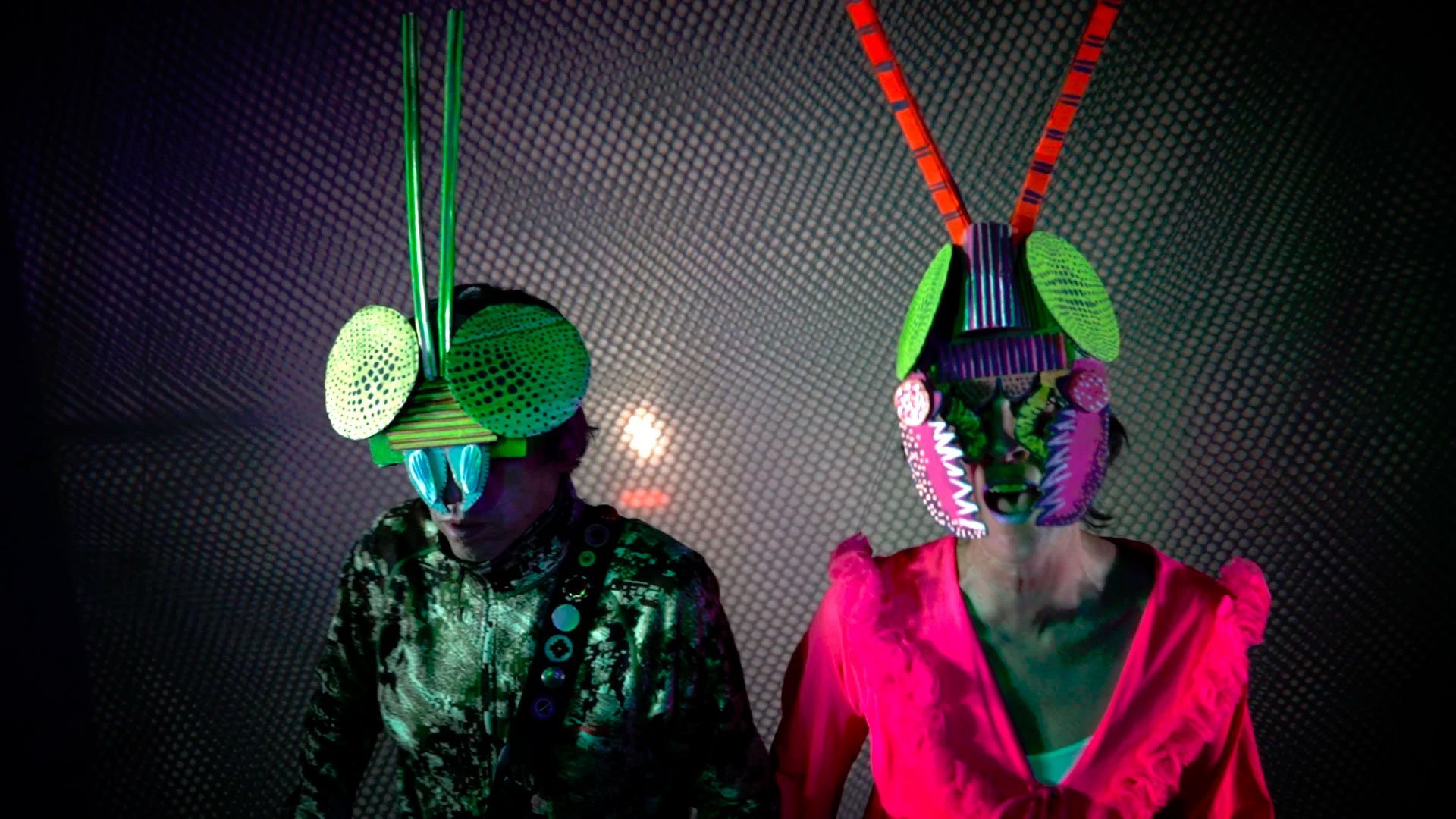Sounds from our windows
September 2020
As Covid-19 spread across continents and the world sheltered indoors, our partners in Colombia had an idea. What if we all took a moment to stop, listen, and to share sounds from our windows?
Birds chirping, wind running through leaves, the sound of water, weeps of a guitar, layers of instruments. A hoot. Singing. These are the opening sounds of “Más Allá de la Ventana”, the song that Colombian rock heroes Aterciopelados have contributed to a remarkable sound project – and a uniquely hopeful outcome of an otherwise challenging year.
“Beyond the window / Another world is created / Just by thinking / A world of wonders / Where it reaches everyone / And everything is given” – Más Allá de La Ventana, Aterciopelados
Listening to the sounds of biodiversity woven into a Latin rhythm, the senses take over, and you’re transported - it's impossible to stay still! Perhaps we – the VozTerra collective and UN Live – are beginning to see our goal in action: using sound and music to drive change.
We began our journey with VozTerra in 2019, as part of our My Mark: My City initiative. We gathered fifty people from wildly different backgrounds, ages and occupations – biologists, teachers, rock stars, priests and nuns, chefs, young students – at Maloka Museum in Bogotá. And we asked them a simple, optimistic question: what will it take to engage people and take action on sustainability, here in Colombia?
After a day of energetic discussion, the group agreed – we needed to somehow combine Colombia’s deep sense of nostalgia for the Amazon with the country’s universal and unifying love of music and rhythm.
Three musicians, a biologist, and a visual artist all present that day (Lany Arévalo, Hector Buitrago, Rafael Puyana, Diana Restrepo and Daniel Roa respectively), decided that they would turn the day’s discussions into a lasting multidisciplinary collaboration, and create an interactive digital platform for sound. The VozTerra collective was born.
“We didn’t know where it would lead, VozTerra came out of this first gathering and then, with us, kept moving like a train, with passion, and then it happens!” says Angela Puentes, our then Latin American Programme Lead.
Seeking to spur change by connecting people to their natural environments, the group’s first action was to start recording the sounds of nature, and to send out calls for everyone to do the same.
In the first chapter of this work, VozTerra collaborated with indigenous leaders from the Muisca community to capture the sounds of Van Der Hammen Reserve in Bogotá. In the second they collected the soundscapes of the Caquetá region, and when the pandemic hit – there was an obvious finale: the sounds of isolation. If we were unable to go out into nature, what if we brought it inside? If you stop and listen, what can you hear from your windows?
As recordings rolled in – not just from Colombia but from those inspired by the project all over the world – UN Live and VozTerra invited a diverse array of musicians spanning genres and countries to take these recordings and use them to create new work. More than 50 original pieces of music across four albums are the result, including songs from Lido Pimienta, a Colombian Canadian singer nominated to this year’s Grammy awards; French DJ and producer Dombrance; Ruben Albarrán, lead singer of the Mexican band Café Tacvba – and of course, Aterciopelados.
Bogotá based nightclub Kaputt also joined the effort, helping to amplify the reach of the music and project. Video clips of songs are infused with humour and visual creativity. Sensing an opportunity, Kaputt has used the pandemic to transition from being ‘just’ a club, to releasing music as a label – and joining as partners in our growing effort to use sound to inspire a greater, deeper connection to nature.
Music is just the start. Exciting new collisions are on the horizon, including in new geographies and with new audiences. We will be bringing what we’ve learned from working with VozTerra to a new collaboration with the Catholic Church in Colombia, and exploring how we might expand crowdsourced sound on a global scale. The potential this could have – both to music and to the field of acoustic ecology – is huge and hopeful. We are beyond excited about what’s coming, but until then, keep dancing with the windows open!




